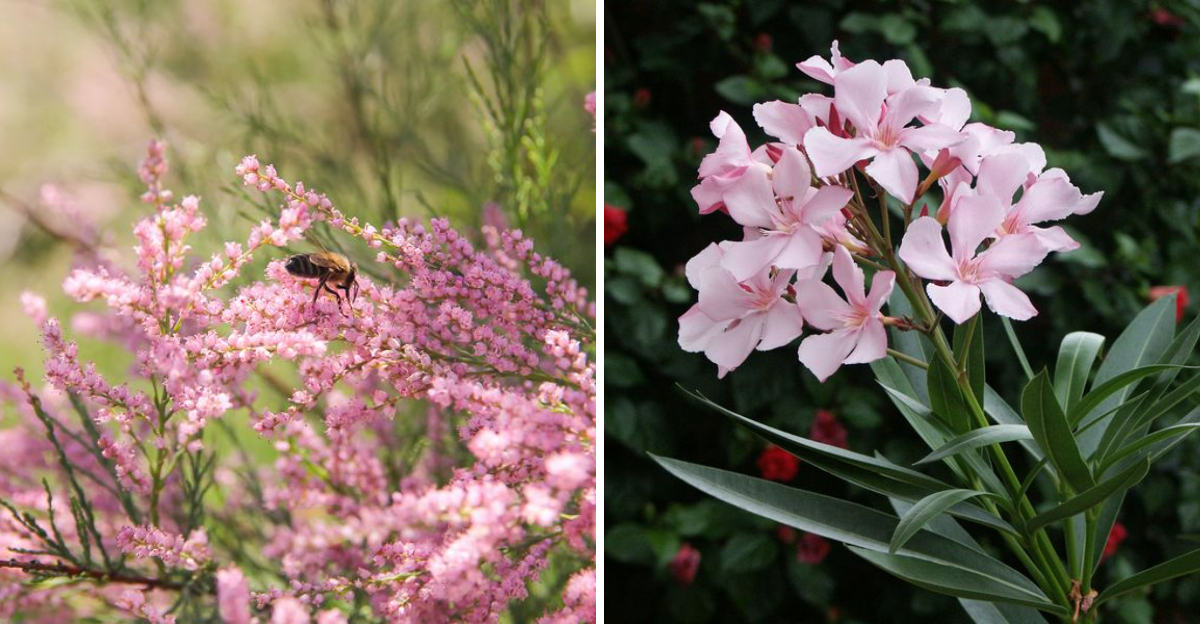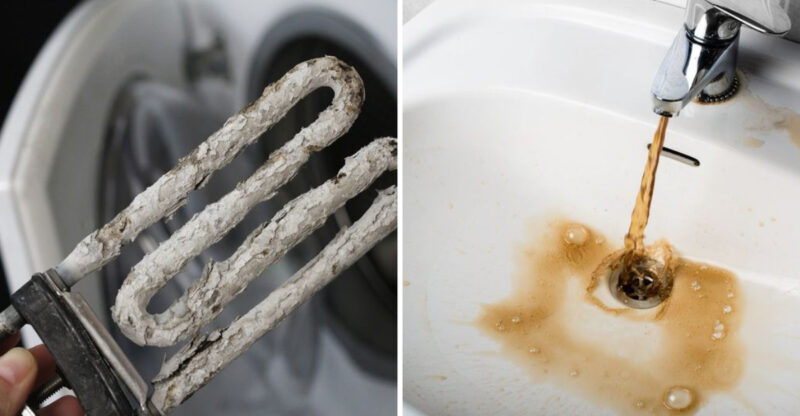13 Plants In Texas You Should Never Plant

Texas gardening can be tricky when you don’t know which plants might cause serious problems. Some beautiful plants hide dangerous secrets that could harm your family, pets, or even take over your entire yard.
I want to help you avoid these common mistakes so your garden stays safe and manageable. Knowing what not to plant is just as important as knowing what thrives in our Texas climate.
1. Chinaberry Tree
Bringing one of these home might seem like a good shade solution, but trust me, you’ll regret it quickly. Every part contains toxins that make kids and pets seriously ill if they eat the berries.
The roots spread aggressively underground and pop up everywhere as unwanted shoots. Birds eat the berries and spread seeds across your property, creating dozens of new trees. Removing them becomes an expensive nightmare that lasts for years.
2. Johnson Grass
Your neighbors will absolutely hate you if this invader takes root in your yard. It grows faster than almost anything else and spreads through underground rhizomes that are nearly impossible to kill completely.
Livestock can get poisoned from eating it under certain conditions, especially during drought stress. The grass reaches six feet tall and crowds out every other plant you actually want. Once established, you’ll spend years fighting this relentless weed that just keeps coming back.
3. Oleander
These gorgeous flowering shrubs hide a deadly secret that makes them extremely dangerous around children and animals. Just chewing a single leaf can cause serious heart problems or even death.
Even the smoke from burning oleander branches is toxic if you breathe it in. Many Texas families have rushed pets to emergency vets after curious dogs nibbled the pretty flowers. The risk simply isn’t worth having this beautiful but lethal plant anywhere near your home or play areas.
4. Giant Reed
This towering grass might remind you of bamboo, but it’s actually far more destructive to our Texas ecosystems. It forms dense thickets along waterways that choke out native plants and wildlife habitat completely.
The roots destabilize stream banks and increase erosion during floods. Fire danger increases dramatically because the dead canes create massive fuel loads. Many Texas counties actually have laws prohibiting planting this aggressive invader that damages our precious water resources.
5. English Ivy
Romantic-looking ivy-covered walls come with hidden costs that most people don’t anticipate until it’s too late. The climbing vines damage brick mortar, wood siding, and paint as they attach with tiny rootlets.
It smothers trees by blocking sunlight and adding dangerous weight to branches. The ground cover version spreads rapidly and harbors snakes, mosquitoes, and other pests you don’t want near your house. Removing established ivy requires hours of tedious work that often damages the surfaces underneath.
6. Castor Bean Plant
Did you know this dramatic plant produces one of the deadliest natural poisons on Earth? The seeds contain ricin, which has no antidote and causes organ failure if swallowed.
Just a few beans can kill an adult, and even fewer can harm a child or pet fatally. While the plant looks impressively tropical with its large leaves, the risk is absolutely not worth it. Many states restrict or ban castor bean plants entirely because of numerous poisoning incidents involving curious children.
7. Torpedo Grass
Nicknamed for its sharp, pointed rhizomes that pierce through anything in their path, this grass is a gardener’s worst nightmare. It spreads so aggressively that it can take over your entire lawn in a single growing season.
The underground stems are nearly impossible to remove completely because tiny fragments regrow into new plants. Even professional landscapers struggle to eradicate established patches. Your beautiful garden beds will become battlegrounds as this relentless invader pushes through landscape fabric and mulch effortlessly.
8. Salt Cedar
Also called tamarisk, this water-guzzling tree is an ecological disaster for our drought-prone Texas landscapes. A single mature tree drinks up to 200 gallons of water daily from underground sources.
It forms impenetrable thickets along rivers and lakes, crowding out native cottonwoods and willows. The tree also increases soil salinity, making it harder for other plants to survive nearby. Many Texas water districts actively remove salt cedar because it significantly reduces water availability for people, farms, and wildlife.
9. Mint
Wait, isn’t mint a harmless herb? Not when you plant it directly in the ground without containment.
This innocent-looking herb sends runners everywhere and quickly dominates entire garden beds, choking out vegetables and flowers. Before you know it, your tomato patch becomes a mint jungle that’s incredibly difficult to eliminate. Smart gardeners always keep mint confined to pots where its aggressive spreading habit can’t cause problems. The fresh leaves are wonderful, but only when you control where they grow.
10. Privet
Landscapers used to love these fast-growing hedge plants, but now we know they’re terrible for Texas ecosystems. Birds eat the berries and spread seeds into natural areas where privet forms dense thickets.
These invasive shrubs shade out native wildflowers and prevent forest regeneration completely. The hedge requires constant trimming to look decent, and it suckers aggressively from the roots. Many Texas nature preserves spend thousands removing privet that escaped from nearby residential landscapes decades ago.
11. Tree of Heaven
Despite its heavenly name, this tree is pure hell for property owners who make the mistake of planting it. The roots release chemicals that poison surrounding plants, creating dead zones where nothing else grows.
It spreads through root suckers that pop up dozens of feet from the parent tree. The crushed leaves smell terrible, like rotten peanut butter. Female trees produce millions of wind-blown seeds that invade every crack and crevice for blocks around.
12. Water Hyacinth
Those pretty purple flowers floating on your pond will quickly become a suffocating blanket that kills fish and blocks all sunlight. This aquatic plant doubles its coverage every two weeks during our hot Texas summers.
The dense mats prevent boats from moving and make swimming impossible. Underneath, oxygen levels drop dangerously low, creating dead zones where fish cannot survive. It’s actually illegal to possess or transport water hyacinth in Texas because of the environmental damage it causes.
13. Kudzu
Known as the vine that ate the South, kudzu grows up to a foot per day during peak season. It climbs over everything, smothering trees, buildings, power lines, and anything else in its path under a blanket of leaves.
The weight of the vines pulls down trees and damages structures underneath. Killing established kudzu requires years of persistent effort because the roots grow massive and store tremendous energy. One plant can cover acres if left unchecked for just a few seasons.






